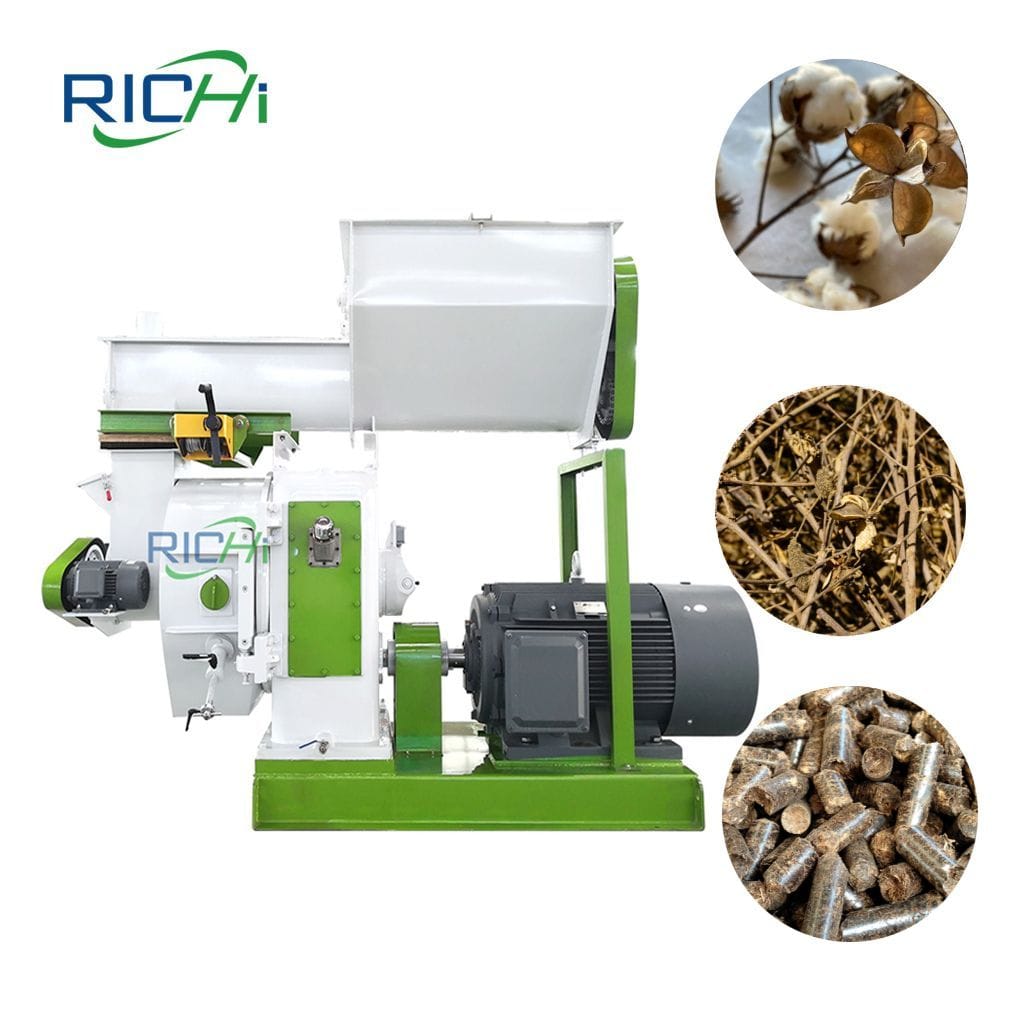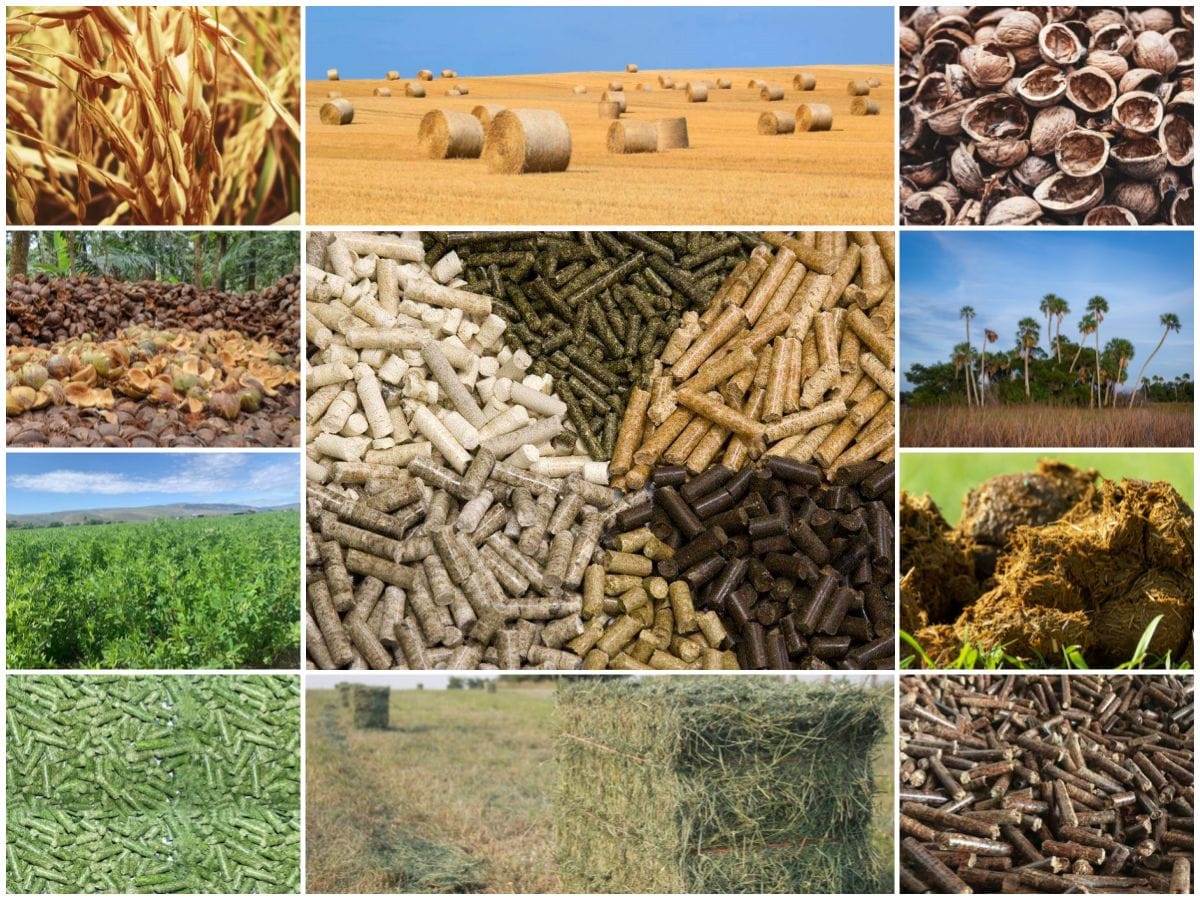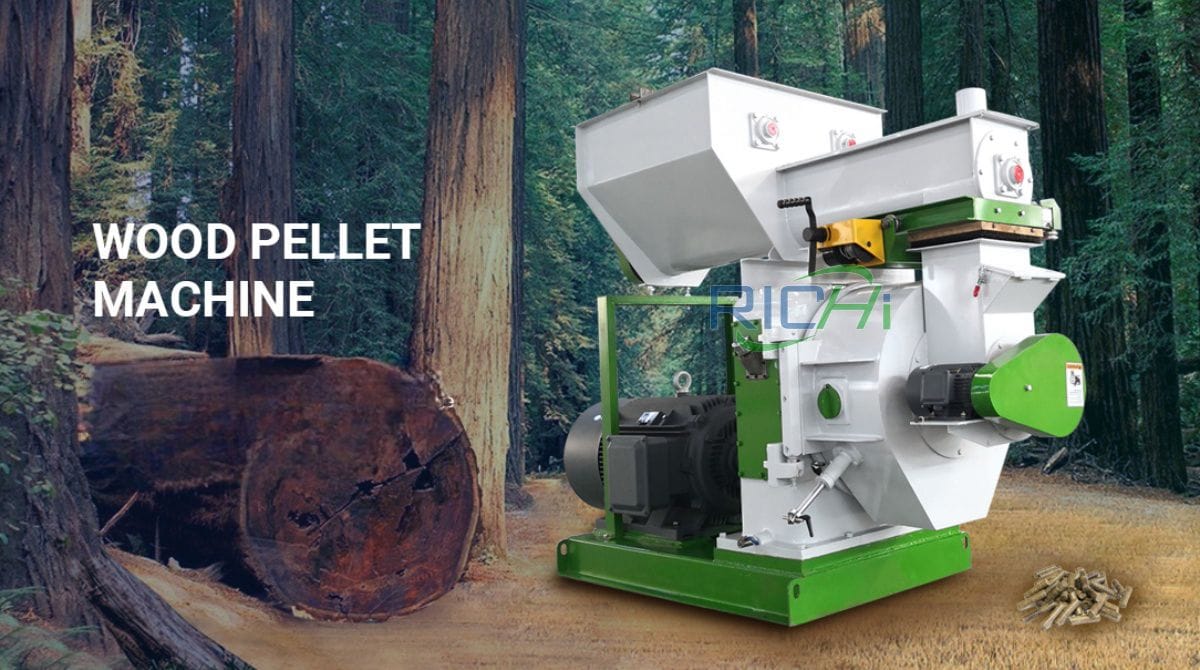The cotton stalk pellet machine is an essential piece of equipment for converting agricultural waste, specifically cotton stalks, into high-density fuel pellets. This process not only helps in waste management but also contributes to renewable energy production. However, the total cost of a cotton stalk pellet machine can vary significantly based on several factors. Understanding these factors is crucial for making informed decisions when investing in such machinery. This article discusses the key factors that influence the total cost of a cotton stalk pellet machine.
1. Raw Material Availability and Quality
One of the primary factors affecting the cost of a cotton stalk pellet machine is the availability and quality of raw materials.
- Cost of Raw Materials: The price of cotton stalks can fluctuate based on local supply and demand. Regions with abundant cotton production may offer lower prices for stalks, while areas with limited availability may see higher costs.
- Quality of Raw Materials: The quality of the cotton stalks used can also impact production efficiency and costs. Higher-quality stalks with lower moisture content and fewer impurities require less preprocessing, reducing overall production costs.
2. Equipment Specifications and Features
The specifications and features of the cotton stalk pellet machine itself play a significant role in determining its cost.
- Capacity: The production capacity of the machine, typically measured in tons per hour, directly influences its price. Higher-capacity machines tend to be more expensive but can offer better economies of scale for larger operations.
- Technology and Automation: Advanced features such as automated controls, monitoring systems, and energy-efficient designs can increase the initial cost of the machine. However, these features can lead to lower operational costs and higher efficiency in the long run.
- Material Quality: The materials used in manufacturing the machine, such as stainless steel versus carbon steel, can significantly impact the price. Machines made from high-quality materials are generally more durable and require less maintenance, leading to lower long-term costs.

3. Installation and Setup Costs
The installation and setup of a cotton stalk pellet machine can add to the overall cost.
- Site Preparation: Preparing the site for the pellet machine, including any necessary infrastructure, can incur additional costs. This may involve constructing a dedicated facility, installing electrical systems, and ensuring proper ventilation.
- Installation Services: Many manufacturers offer installation services, which can add to the total cost. While some operators may choose to install the machine themselves, professional installation can ensure that the equipment is set up correctly and operates efficiently.
4. Labor Costs
Labor costs are another significant factor that influences the total cost of operating a cotton stalk pellet machine.
- Operational Labor: The number of operators required to run the machine can vary based on its complexity and automation level. Machines that require less manual intervention may reduce labor costs.
- Maintenance Labor: Regular maintenance is essential for ensuring the longevity and reliability of the pellet machine. The cost of hiring skilled maintenance personnel should be factored into the overall cost of ownership.
5. Energy Consumption
The energy consumption of a cotton stalk pellet machine is a critical factor that affects operational costs.
- Electricity Costs: The machine’s power requirements will influence the ongoing electricity costs. Energy-efficient machines may have a higher initial cost but can lead to significant savings in energy bills over time.
- Fuel Costs: If the pellet machine uses alternative fuels for operation, such as biomass or natural gas, the costs associated with these fuels should also be considered.
6. Maintenance and Repair Costs
The long-term reliability of a cotton stalk pellet machine is influenced by its maintenance and repair costs.
- Regular Maintenance: Routine maintenance is necessary to keep the machine in optimal working condition. This includes lubricating moving parts, replacing worn components, and conducting inspections. High-quality machines may require less frequent maintenance, leading to lower costs.
- Spare Parts: The availability and cost of spare parts can significantly impact maintenance expenses. Machines from reputable manufacturers may have readily available parts, reducing downtime and repair costs.
7. Warranty and After-Sales Support
The warranty and after-sales support provided by the manufacturer can also affect the total cost of ownership.
- Warranty Terms: A comprehensive warranty can provide peace of mind and protect against unexpected repair costs. Machines with longer warranty periods may have a higher upfront cost but can save money in the long run.
- Technical Support: Reliable after-sales support is essential for addressing any issues that may arise during operation. Manufacturers that offer prompt and effective support can help minimize downtime and associated costs. (Related post:rice straw pellet making machine)
8. Market Conditions and Economic Factors
External market conditions and economic factors can also influence the total cost of a cotton stalk pellet machine.
- Supply Chain Factors: Fluctuations in the supply chain, including raw material availability and shipping costs, can impact the overall cost of the machine. Economic conditions, such as inflation or changes in trade policies, may also affect pricing.
- Competition: The level of competition among manufacturers can influence pricing strategies. In a competitive market, prices may be lower, allowing operators to find better deals on high-quality machines.
Conclusion
The total cost of a cotton stalk pellet machine is influenced by various factors, including raw material availability, equipment specifications, installation costs, labor expenses, energy consumption, maintenance requirements, warranty terms, and external market conditions. Understanding these factors is essential for making informed decisions when investing in a cotton stalk pellet machine.By carefully considering these elements, operators can optimize their investment and ensure the long-term profitability of their biomass pellet production operations. As the demand for renewable energy sources continues to grow, investing in efficient and reliable equipment will be crucial for maintaining a competitive edge in the biomass industry.










